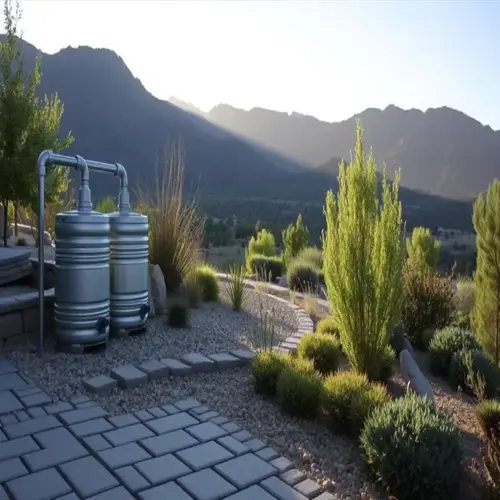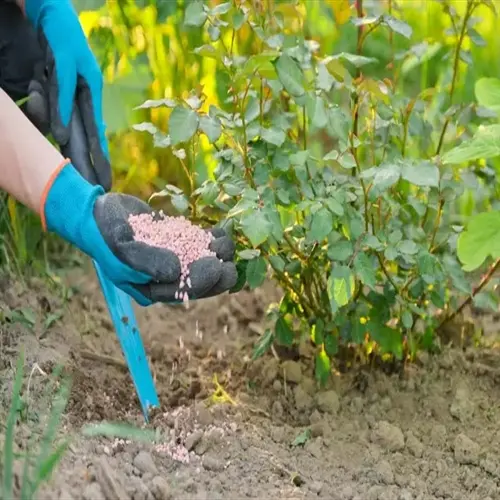How do I know when beets are ready to harvest?

Written by
Michael Sullivan
Reviewed by
Prof. Samuel Fitzgerald, Ph.D.Understanding when to harvest beets not only gives you peak flavor and texture, but your beets will keep for longer, too! In contrast with so many vegetables, beets provide visual cues along with contact that indicate when they are prime. I've learned over the years that your timing is about more than flavor, but storage viability too. I recommend checking on three things: size of the roots, integrity of the leaves, and shoulders at soil level.
Begin measuring the root diameter frequently when the leaves are 6 inches (15 cm) in length. The best flavor for baby beets is typically found at a diameter of about 1-2 inches (2.5-5 cm), while mature varieties are best between 2-3 inches (5-7.6 cm) in diameter. You can measure with a caliper or compare it to something from the pantry, such as a golf ball. When the tops of the roots rise just above the soil, they are ready for harvest.
Size Verification
- Baby beets: Harvest at 1-2 inches (2.5-5 cm) diameter for tenderness
- Mature beets: Ideal at 2-3 inches (5-7.6 cm) before woody texture develops
- Oversized beets: Discard roots exceeding 3.5 inches (9 cm) due to toughness
- Measurement tools: Use calipers weekly when leaves reach 6 inches (15 cm)
Leaf Indicators
- Healthy foliage: Vibrant green leaves 6-8 inches (15-20 cm) tall signal root maturity
- Problem signs: Yellow edges indicate nutrient deficiencies affecting root quality
- Texture check: Flexible leaves mean proper hydration; stiff ones suggest drought stress
- Symmetry: Balanced growth around crown shows ideal development conditions
Shoulder Formation
- Visibility: Top ¼-½ inch (0.6-1.3 cm) of root should protrude from soil
- Width measurement: 0.7-1 inch (1.8-2.5 cm) indicates storage readiness
- Texture test: Shoulders feel firm but slightly yielding to gentle pressure
- Color check: Deep uniform color without white rings shows proper development
To test a beet's texture, I use both hands to gently squeeze the root below ground. A perfect beet feels firm yet with slight give, similar to a ripe avocado. If it's hard and firm, it needs more time; if the beetroot is soft, then it's overmature. I typically test multiple beets from various sections of the garden, as growth rates are inconsistent.
The weather has a great influence on timing. Be careful to harvest your crop before the weather reaches temperatures above 80°F (27°C), as this can cause pithiness. Light frosts below 32°F (0°C) will increase sweetness, but harvest before a hard freeze with temperatures below 25°F (-4°C). Cover your plants during unexpected temperature spikes.
Read the full article: When to Harvest Beets: Complete Guide

